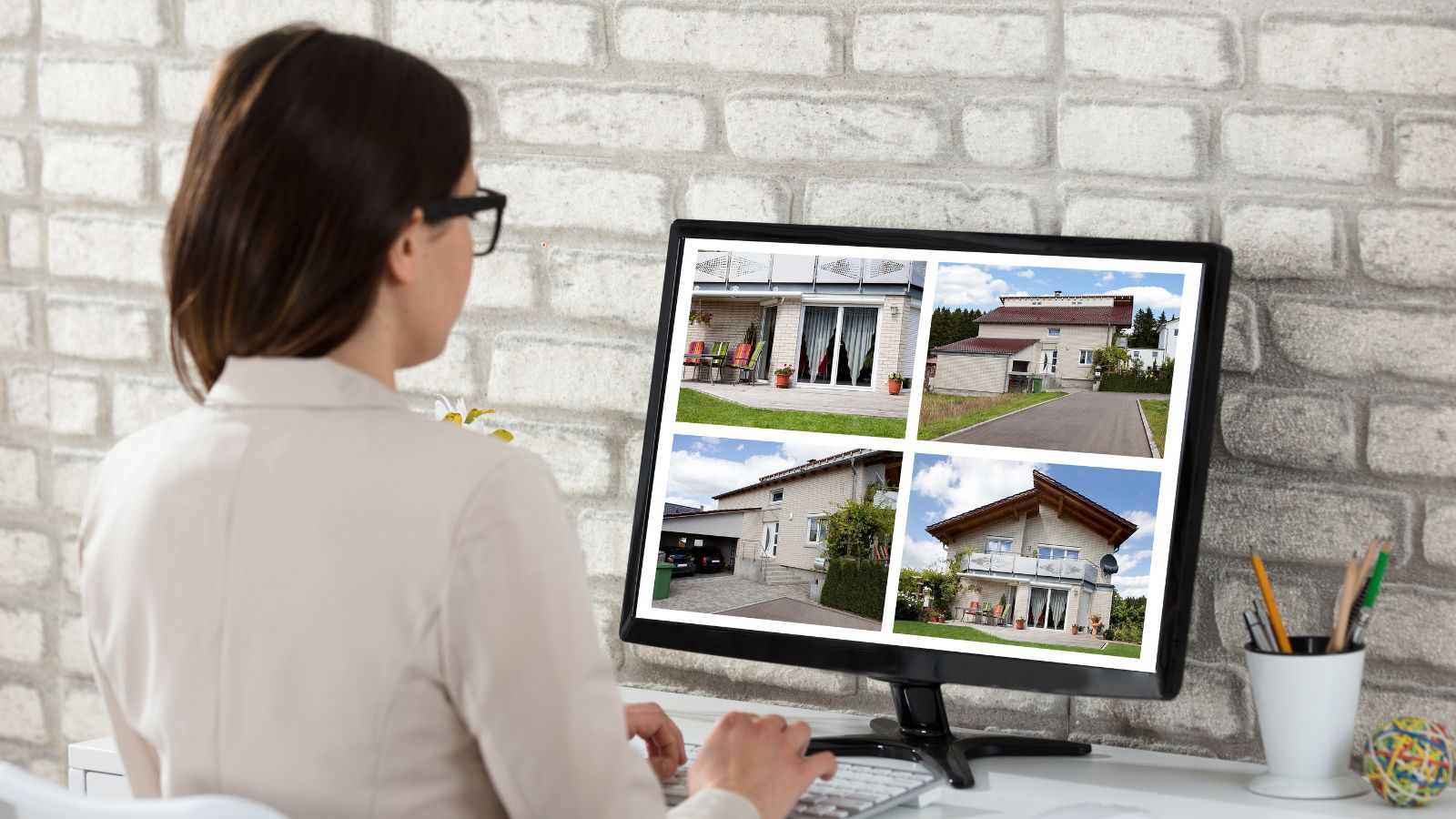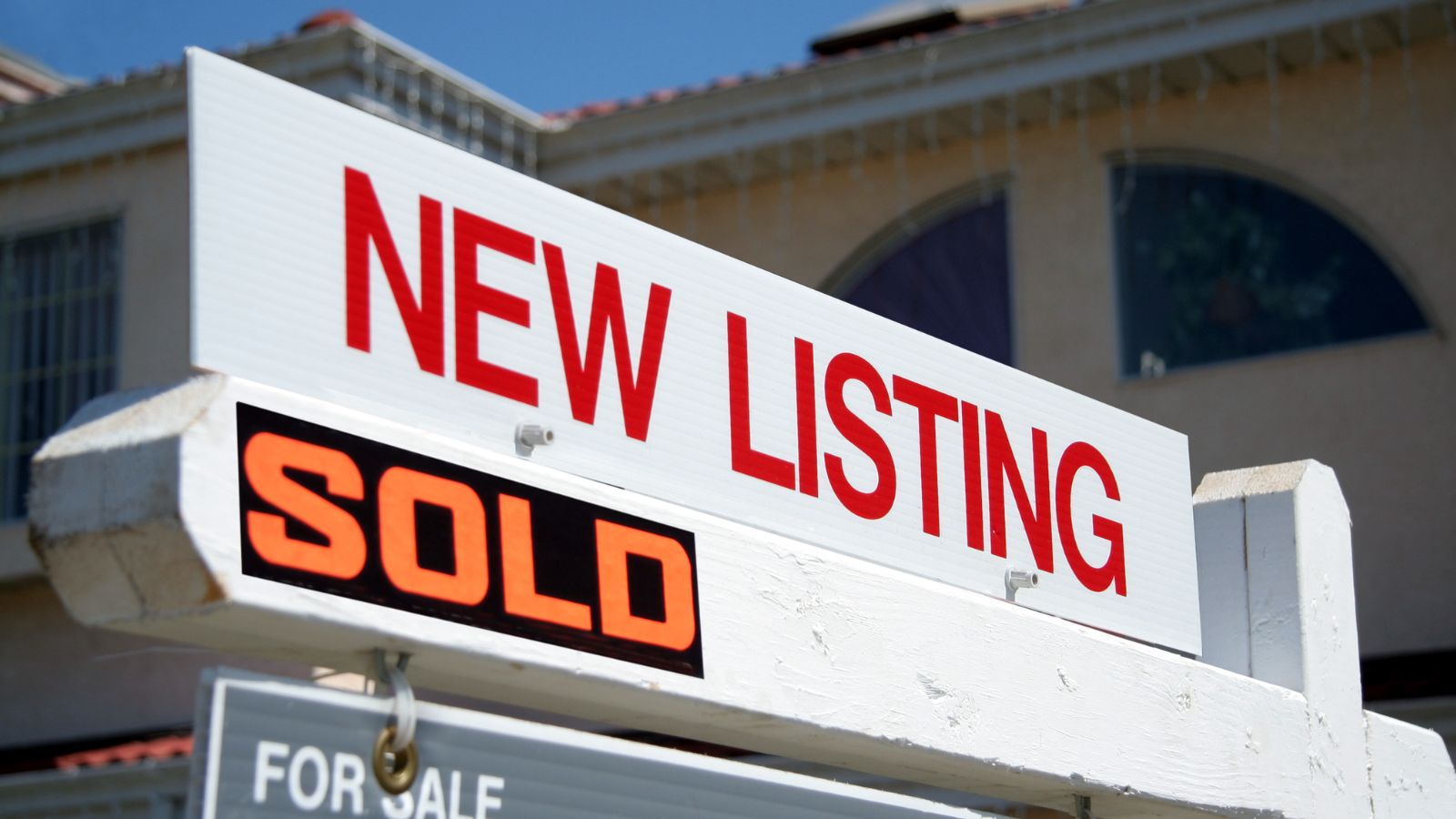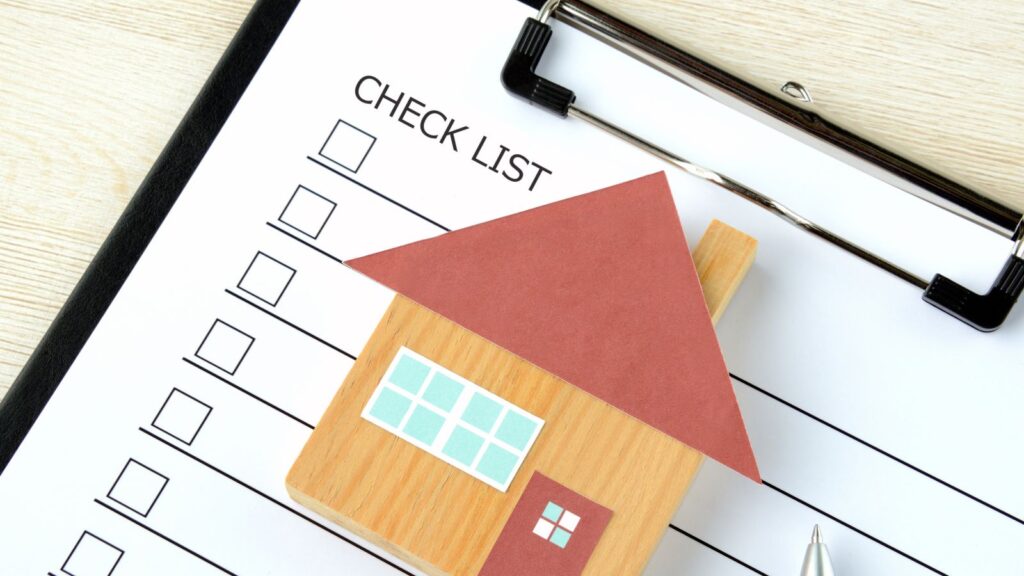Are you considering renting out your property? Whether you’re a first-time landlord or an experienced property owner, knowing how to effectively list your property for rent is key to attracting the right tenants and maximizing your rental income.
This comprehensive guide will walk you through the process of listing your property for rent, from preparation to marketing strategies and beyond.
Understanding the Rental Market
Before you list your property for rent, it’s helpful to understand the current rental market in your area. This knowledge will help you set competitive rates and attract suitable tenants.
Research Local Rental Prices
Take some time to research rental prices for similar properties in your neighborhood. Look at online listings, consult with local real estate agents, or use rental estimate tools to get a sense of what comparable properties are charging.
Know Your Target Tenants
Consider who your ideal tenants might be. Are you targeting families, young professionals, or students? Understanding your potential renters will help you tailor your listing and highlight features that will appeal to them.
Preparing Your Property for Rental
Once you’ve got a good grasp of the market, it’s time to get your property ready for potential tenants.
Make Necessary Repairs
Go through your property and address any maintenance issues. Fix leaky faucets, patch up holes in walls, and ensure all appliances are in good working order. A well-maintained property not only attracts better tenants but can also command higher rent.
Clean and Declutter
Give your property a thorough cleaning. If you’ve been living there, remove personal items and declutter spaces. A clean, neutral space allows potential tenants to envision themselves living there.
Consider Professional Staging
For higher-end properties, professional staging can make a big difference. It can help showcase your property’s best features and create an inviting atmosphere that appeals to potential renters.
Creating an Effective Rental Listing
Now that your property is ready, it’s time to create a listing that will catch the eye of potential tenants.
Write a Compelling Description
Your property description should be clear, concise, and engaging. Start with a catchy headline that highlights the best features of your property. In the main description, include:
- Number of bedrooms and bathrooms
- Square footage
- Notable amenities (e.g., parking, laundry facilities, outdoor space)
- Nearby attractions or conveniences (e.g., public transportation, schools, shopping)
Remember to use your keywords naturally within the description. For example: “List your property for rent with confidence, knowing you’re offering a spacious 3-bedroom apartment in the heart of downtown.”
Take High-Quality Photos
Good photos can make or break your listing. Use a good camera or hire a professional photographer to capture your property in its best light. Include photos of:
- Each room (bedrooms, bathrooms, kitchen, living areas)
- Outdoor spaces
- Special features or amenities
Make sure the property is well-lit and tidy for the photoshoot.
Include Essential Details
Don’t forget to include important information such as:
- Rental price
- Security deposit amount
- Lease terms
- Pet Policy
- Utility responsibilities
- Move-in date
Choosing Where to List Your Property for Rent
With your listing prepared, it’s time to decide where to advertise your rental property.
Online Rental Platforms
Rental property websites are great places to start.

These platforms have a wide reach and often allow you to list your property for free.
Social Media
Utilize social media platforms like Facebook Marketplace or local community groups to spread the word about your rental property.
Local Classifieds
Don’t overlook traditional methods like local newspapers or community bulletin boards, especially if you’re targeting an older demographic.
Real Estate Agents
Consider working with a real estate agent who specializes in rentals. While this involves a fee, they can handle much of the listing and showing process for you.
Setting the Right Price
Pricing your rental property correctly is crucial for attracting tenants and maximizing your income.
Consider Your Expenses
Calculate your monthly mortgage payment, property taxes, insurance, and estimated maintenance costs. Your rental income should cover these expenses and provide some profit.
Factor in Seasonality
Rental demand often fluctuates with the seasons. You might be able to charge more during peak moving times, typically in the summer months.
Be Flexible
If you’re not getting much interest, be prepared to adjust your price. A slightly lower rent is better than having your property sit vacant for months.
Showing Your Listed Property
Once your property is listed, be prepared for inquiries and showings.
Be Responsive
Respond promptly to inquiries about your listed property. The rental market can move quickly, and potential tenants often contact multiple listings at once.
Prepare for Questions
Have answers ready for common questions about the property, neighborhood, and lease terms.
Consider Open Houses
For efficiency, you might want to host open houses where multiple potential tenants can view the property at once.
Screening Potential Tenants
Finding the right tenant is crucial for a positive rental experience.
Application Process
Have a standardized rental application that collects necessary information from potential tenants.
Background and Credit Checks
Conduct thorough background and credit checks on applicants.

This can help you assess their reliability and financial stability.
Verify Employment and Income
Request proof of income and employment to ensure potential tenants can afford the rent.
Check References
Contact previous landlords to get insight into the applicant’s rental history.
Finalizing the Rental Agreement
Once you’ve chosen a tenant, it’s time to finalize the rental agreement.
Use a Comprehensive Lease Agreement
Ensure your lease agreement covers all necessary terms, including rent amount, due date, lease duration, and any specific rules or restrictions.
Explain All Terms Clearly
Go through the lease agreement with your tenant, explaining each section to avoid misunderstandings later.
Collect the Security Deposit and First Month’s Rent
Before handing over the keys, collect the security deposit and the first month’s rent as agreed upon.
Ongoing Management of Your Listed Property
Your responsibilities don’t end once you’ve successfully listed your property for rent and found a tenant.
Regular Maintenance
Keep up with regular maintenance and address repair requests promptly. This helps maintain a good relationship with your tenant and preserves the value of your property.
Open Communication
Maintain open lines of communication with your tenant. Regular check-ins can help you address small issues before they become big problems.
Stay Informed About Landlord-Tenant Laws
Keep yourself updated on local and state landlord-tenant laws to ensure you’re always in compliance.
Conclusion
Listing your property for rent can be a rewarding venture when done correctly. By thoroughly preparing your property, creating an effective listing, and carefully selecting tenants, you can maximize the potential of your rental property.
Remember, the key to success is attention to detail and good communication throughout the process. Whether you’re listing a single apartment or managing multiple properties, these strategies will help you attract great tenants and create a positive rental experience for everyone involved.


More Stories
Comprehensive Dental Care for a Healthy, Confident Smile
The Hidden Benefits of Upgrading Your Windows: Beyond Energy Efficiency
The Business of Casinos and Lottery Systems: A Unique Perspective